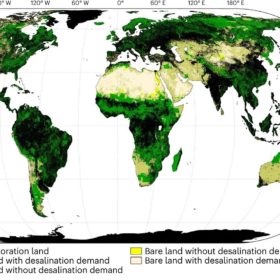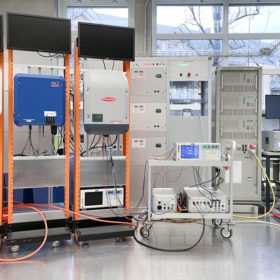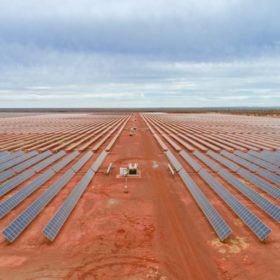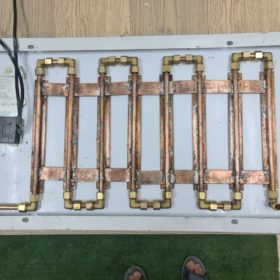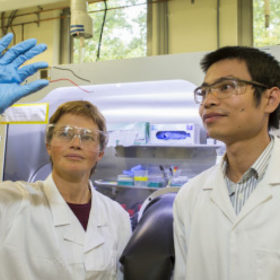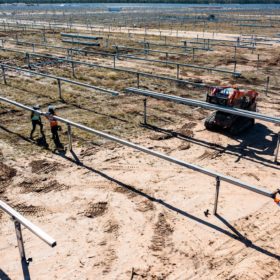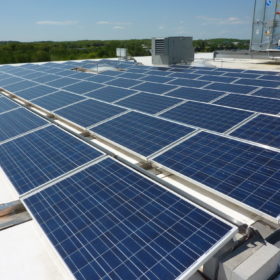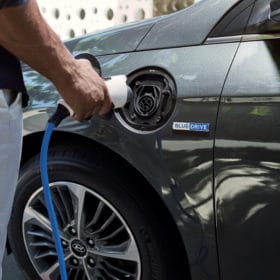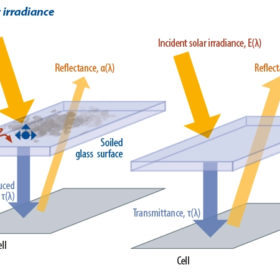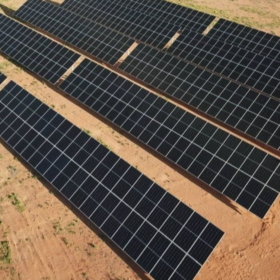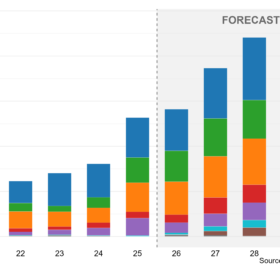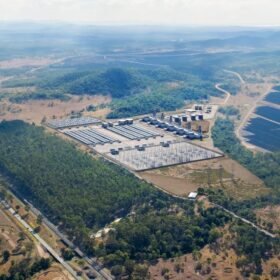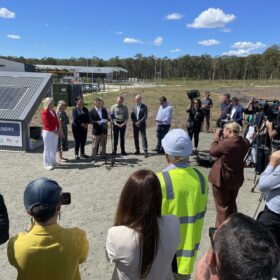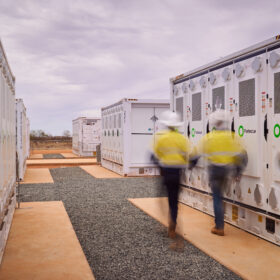PV-powered seawater desalination for afforestation carbon capture
Finnish researchers have proposed the use of solar, wind, and storage to provide desalinated seawater to restore forests. Their model predicts that an additional 10.7 TW of PV would be needed to actually do this by 2100, leading to a cumulative carbon dioxide sequestration potential of 730 gigatonnes.
Survey shows 34.3% failure rate for residential inverters over 15 years
The Bern University of Applied Sciences in Switzerland has published the initial results of a survey on the durability and performance of residential PV inverters and power optimisers over a 15-year period. They found that more than 65% of the inverters did not present yield-relevant faults by their 15th year of operation.
Research project to target thermal losses in large-scale solar farms
Modular solar array manufacturer 5B will work with researchers from the University of Sydney to optimise the design of large-scale solar farms in a bid to minimise temperature-induced panel efficiency losses. The research project secured funding support in the latest round of the Australian Research Council’s Linkage Project Grants program.
Photovoltaic-thermal system based on PCM cooling
Malaysian researchers have developed a system that can absorb heat from PV modules and transmit it to a nanofluid, in order to transform it into thermal energy and use it for different applications. The panels have an overall efficiency of 89%.
ANU team break 30% efficiency in tandem solar cell
A research team at the Australian National University have claimed an efficiency of 30.3% for a tandem solar cell made by mechanically stacking a perovskite cell and a silicon cell. The achievement meets the first of three 2030 “stretch goals” set by the Australian government.
Analyst predicts Australia’s utility and rooftop segments will flip trends in 2023
Solar and storage analyst Sunwiz is predicting an inversion of many of the trends that dominated the industry in 2022. While rooftop solar has bounced back after a disappointing year, Sunwiz founder Warwick Johnston tells pv magazine Australia, the utility segment’s position looks dire.
AC vs. DC in residential buildings equipped with solar-plus-storage
Scientists in Sweden have compared AC and DC topologies in PV-powered buildings using battery storage. They have found that DC distribution systems can achieve energy savings when they are combined with solar-plus-storage systems.
Incentives for off-peak charging of electric vehicles could ease stress on the Australian grid
New data from Cornwall Insight Australia’s EV uptake model shows that under an extreme scenario, 22 million electric vehicles (EVs) are expected to be part of the National Electricity Market (NEM) states’ fleet by 2052.
Weekend read: Rethinking soiling
The two dominant methods used in the industry to estimate soiling levels on solar projects go some way in mitigating losses, but there is plenty of scope for more accurate observation, as NRG Systems’ Alexandra Arntsen reports.
Solar may cover the world’s electricity demand with 0.3% of its land area
An international research group claims that raw materials and land availability do not present a real barrier for a global energy system with solar at its centre. They said that forecasts for PV growth should not have their axis on utility-scale power plants and instead consider vertical PV, agrivoltaics, and floating PV as the source of future big market volumes.
